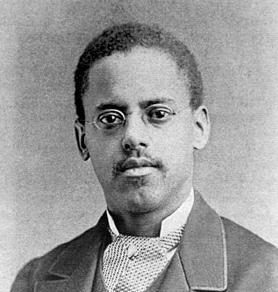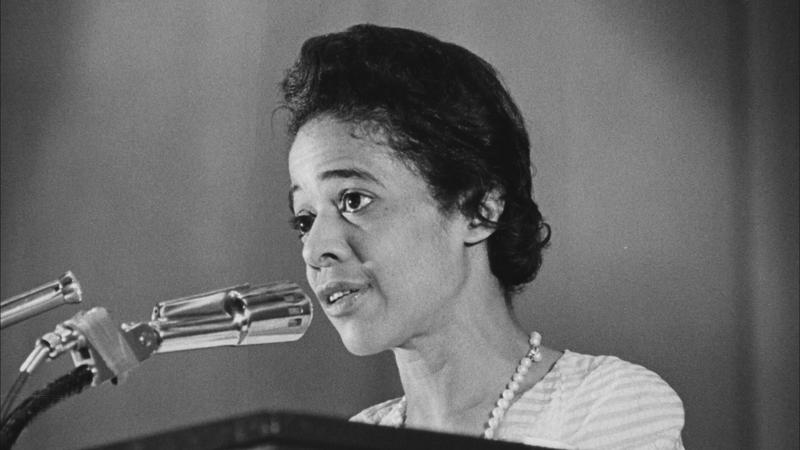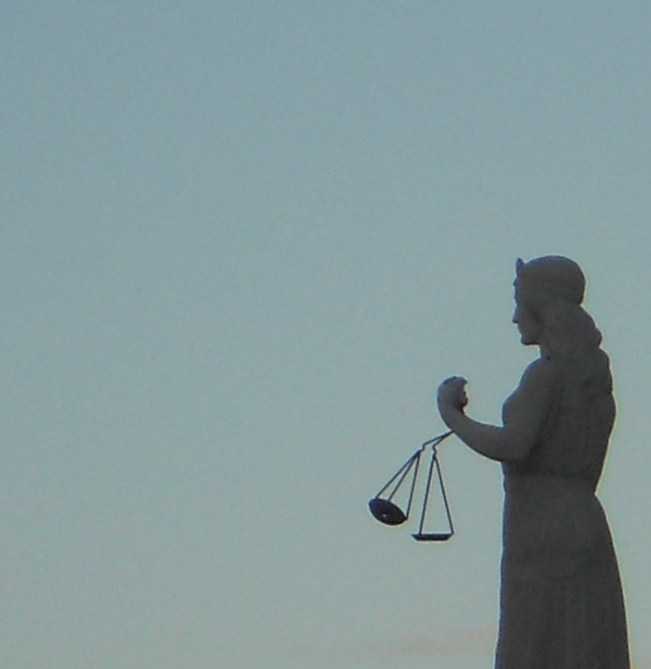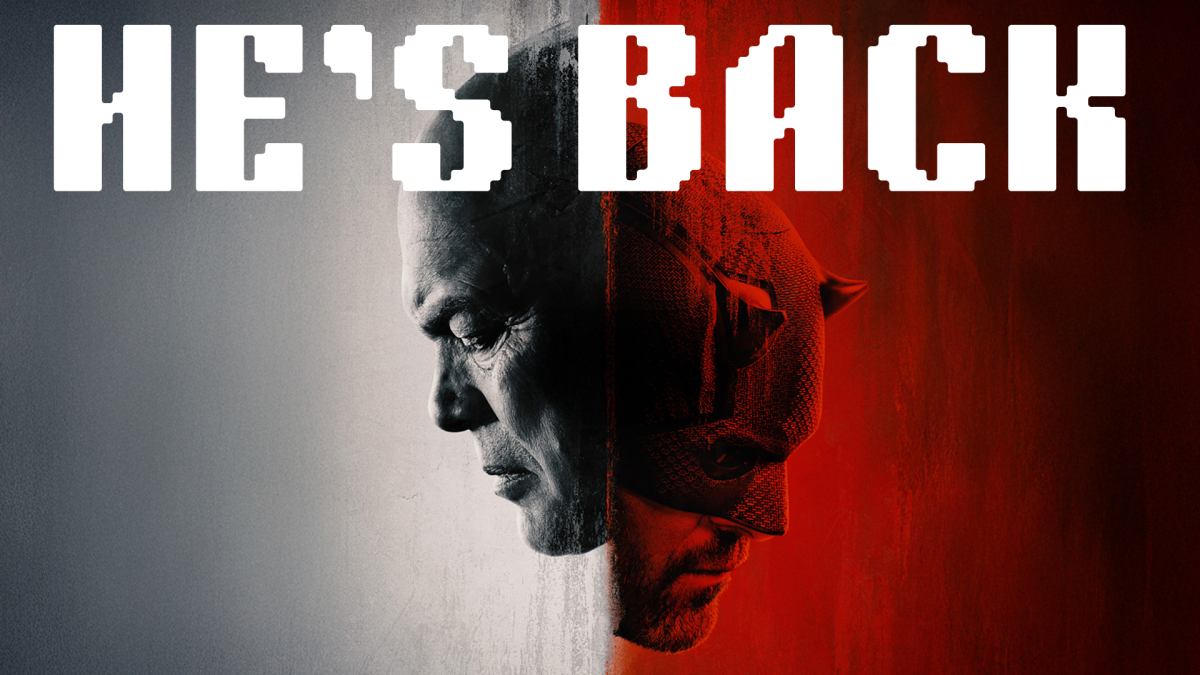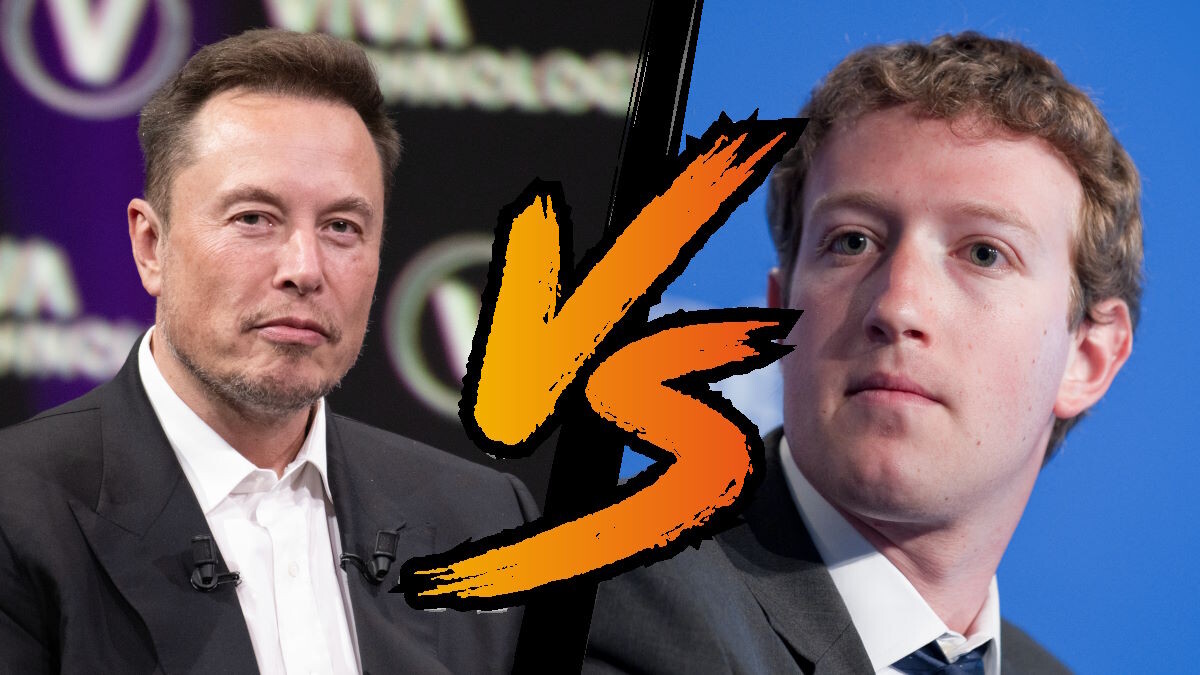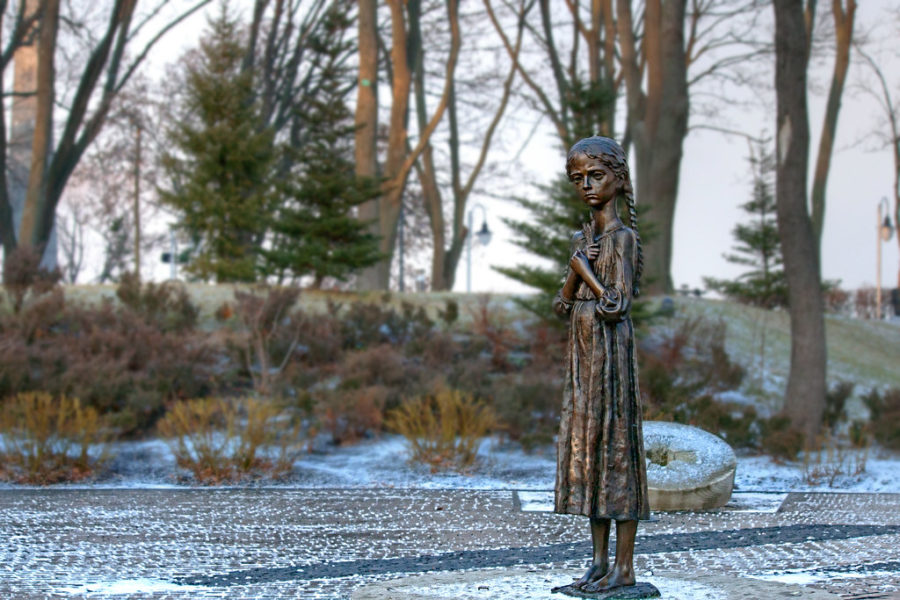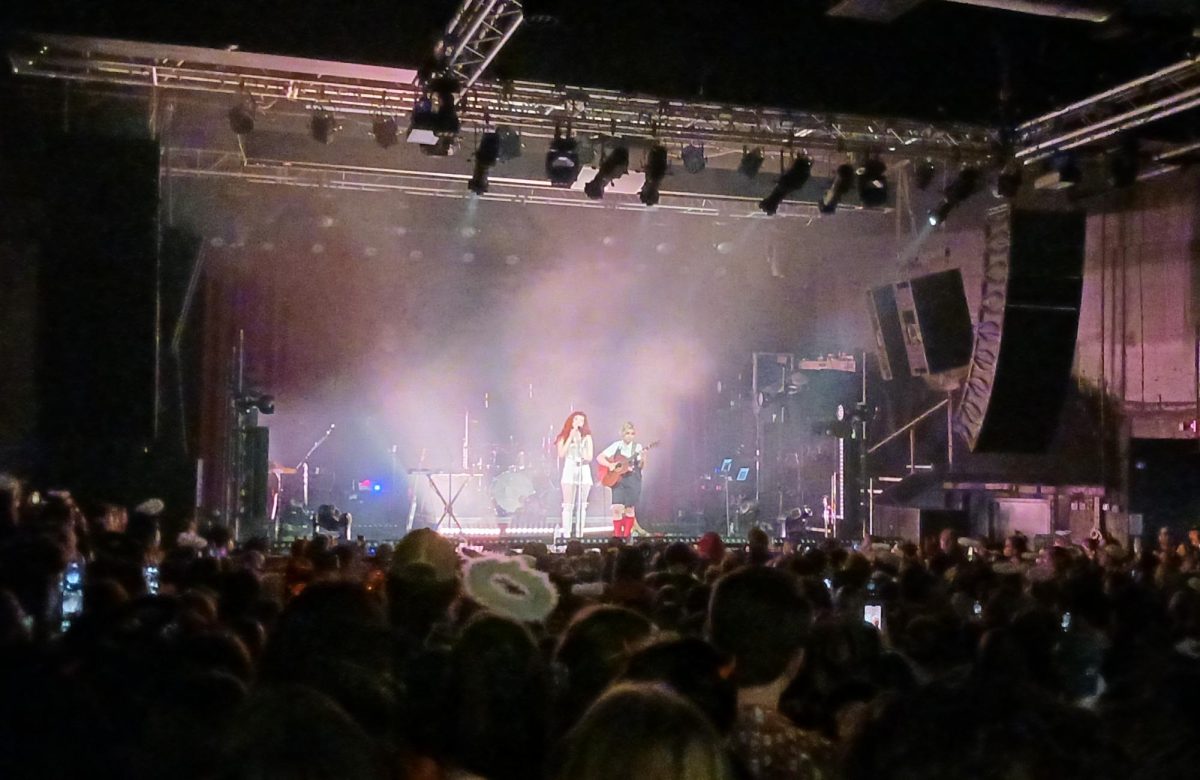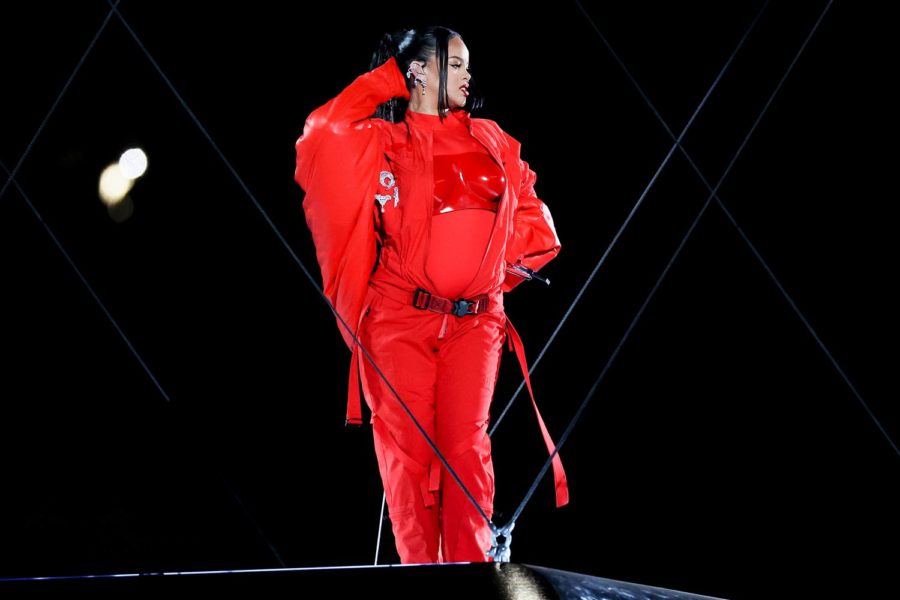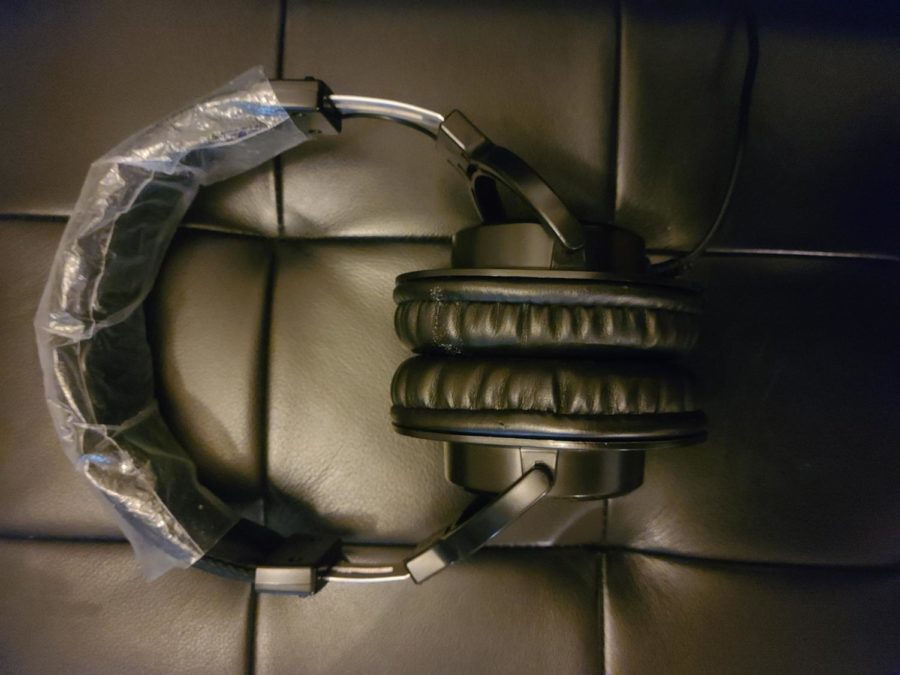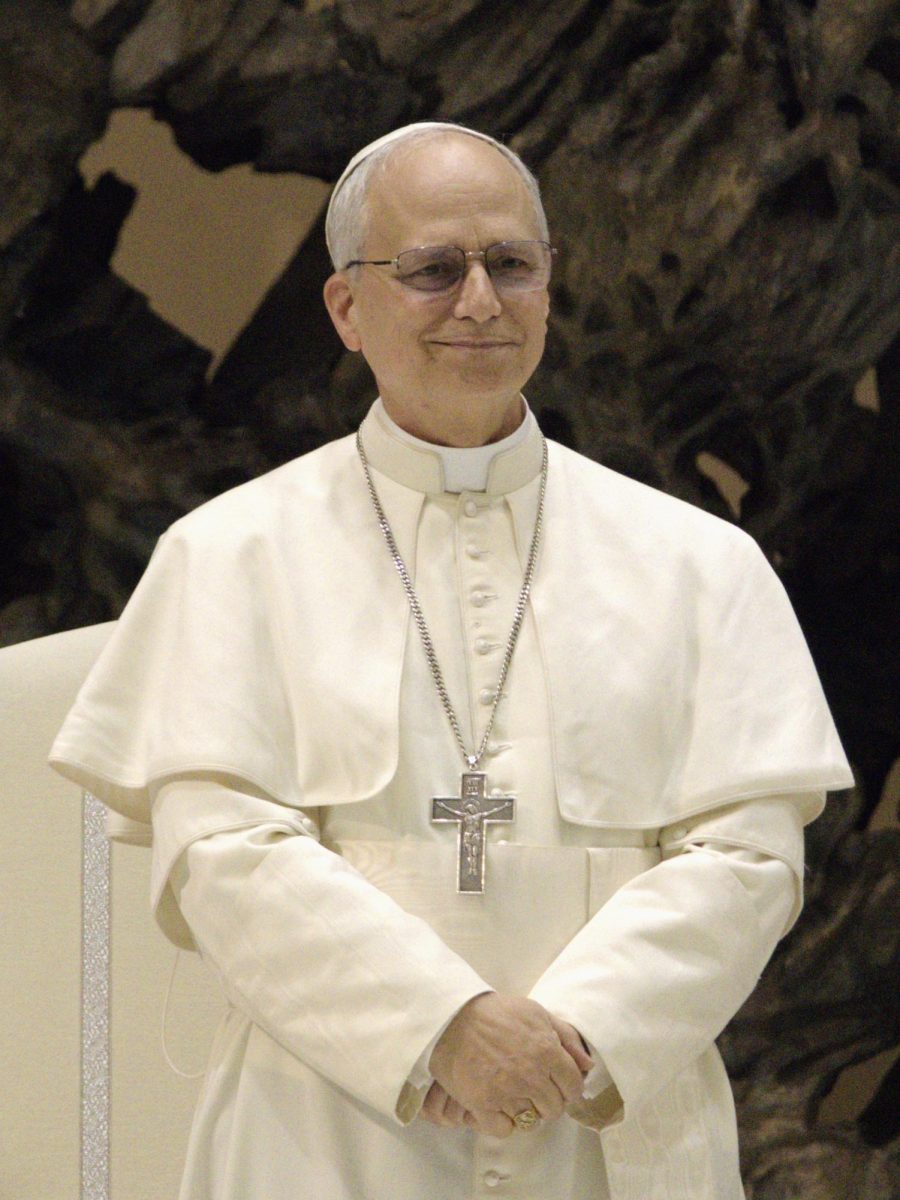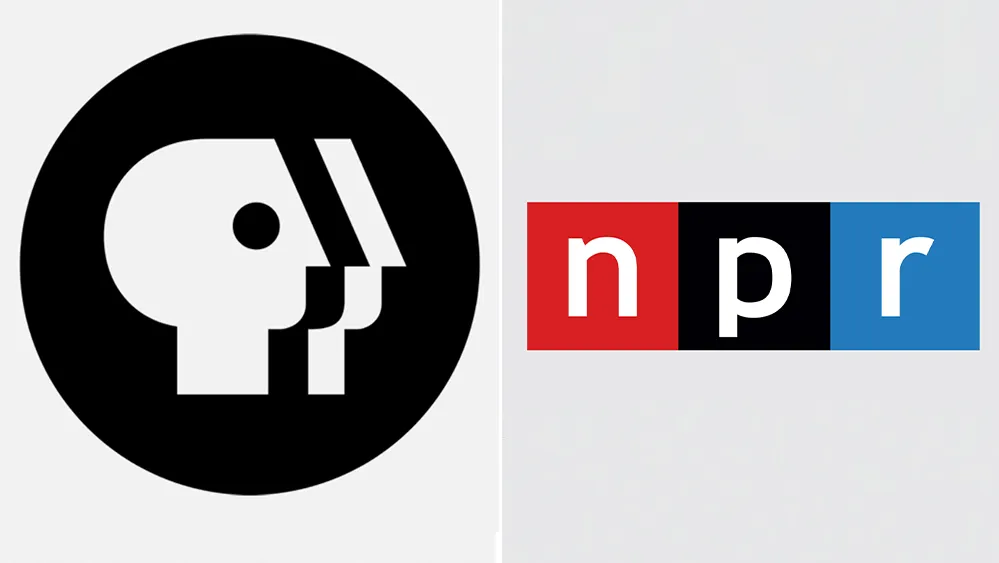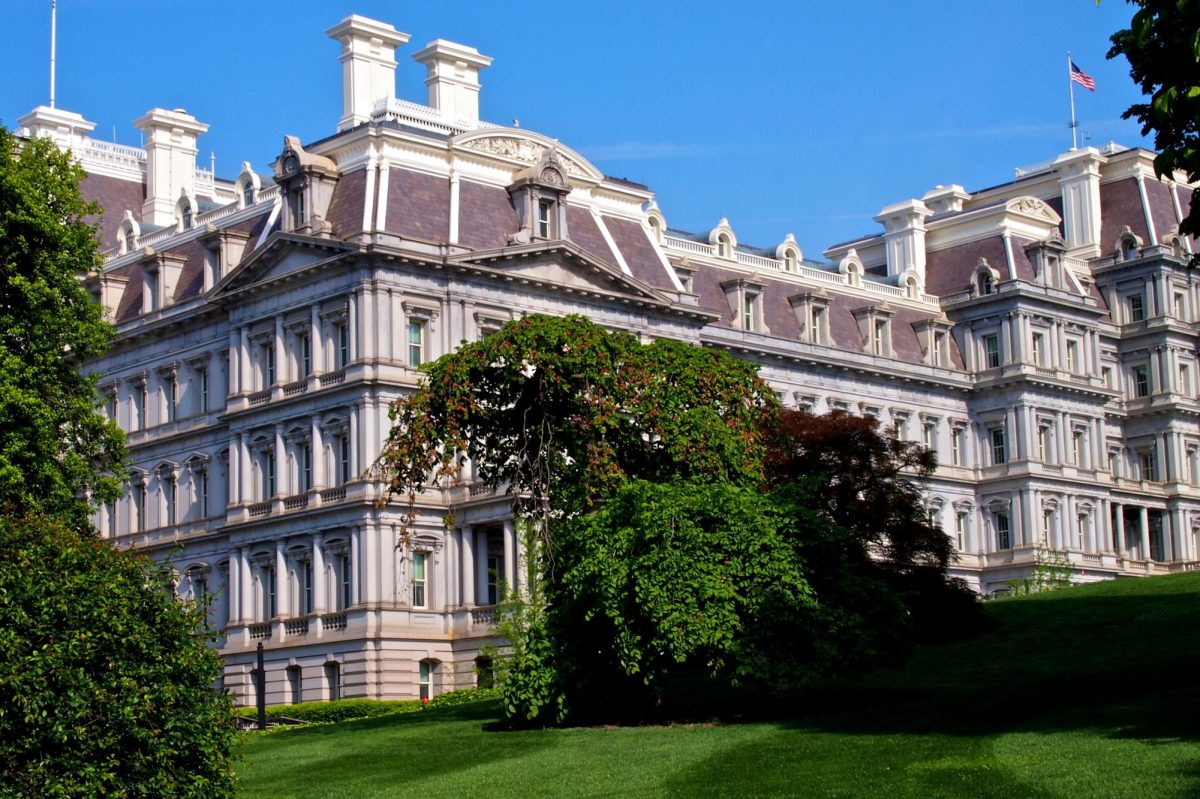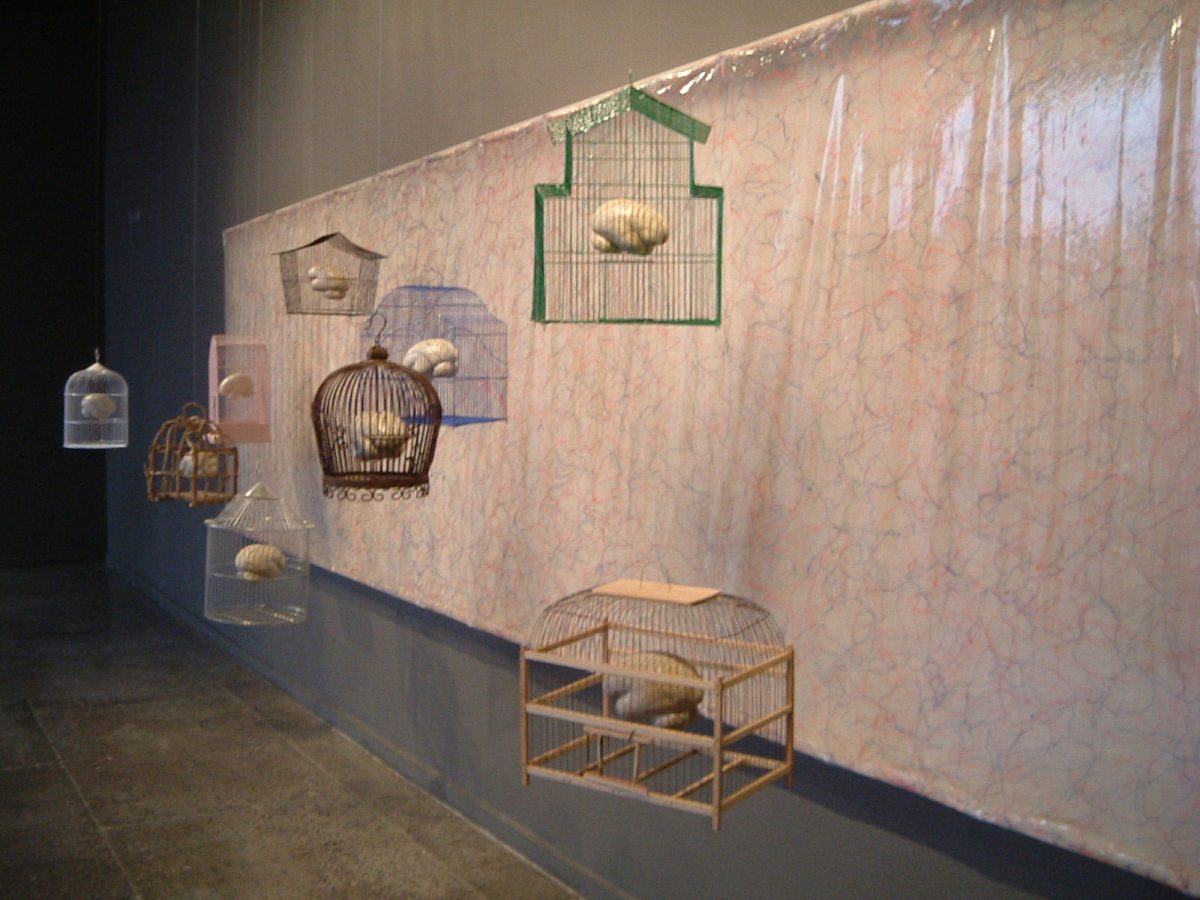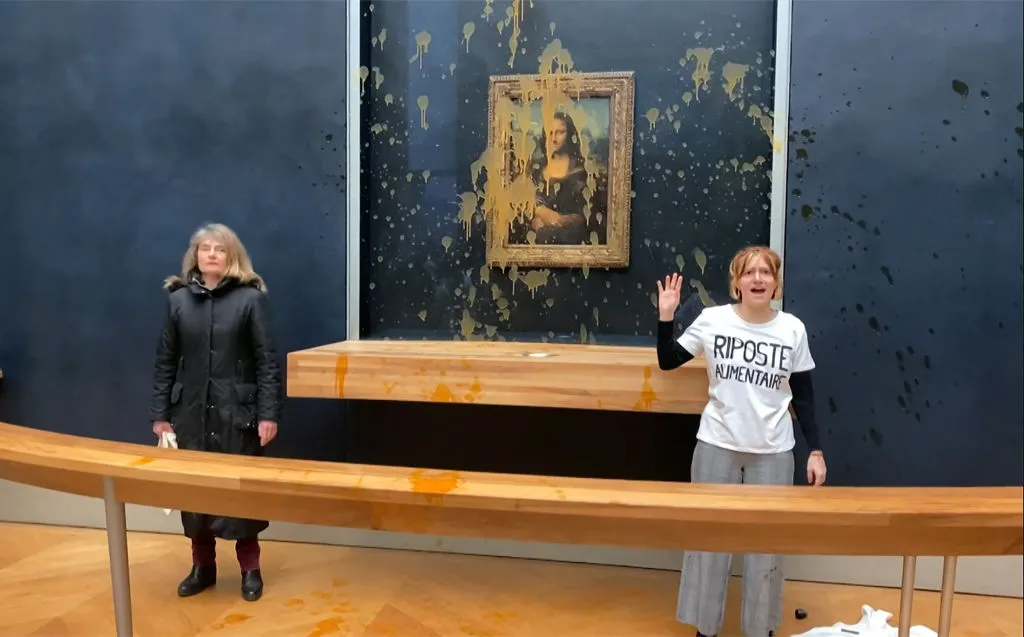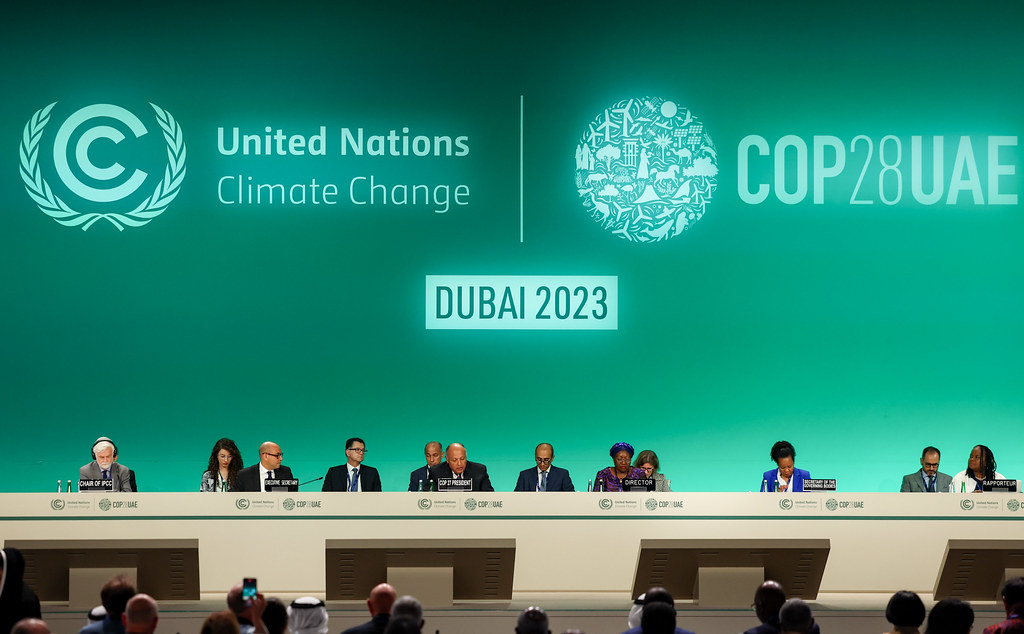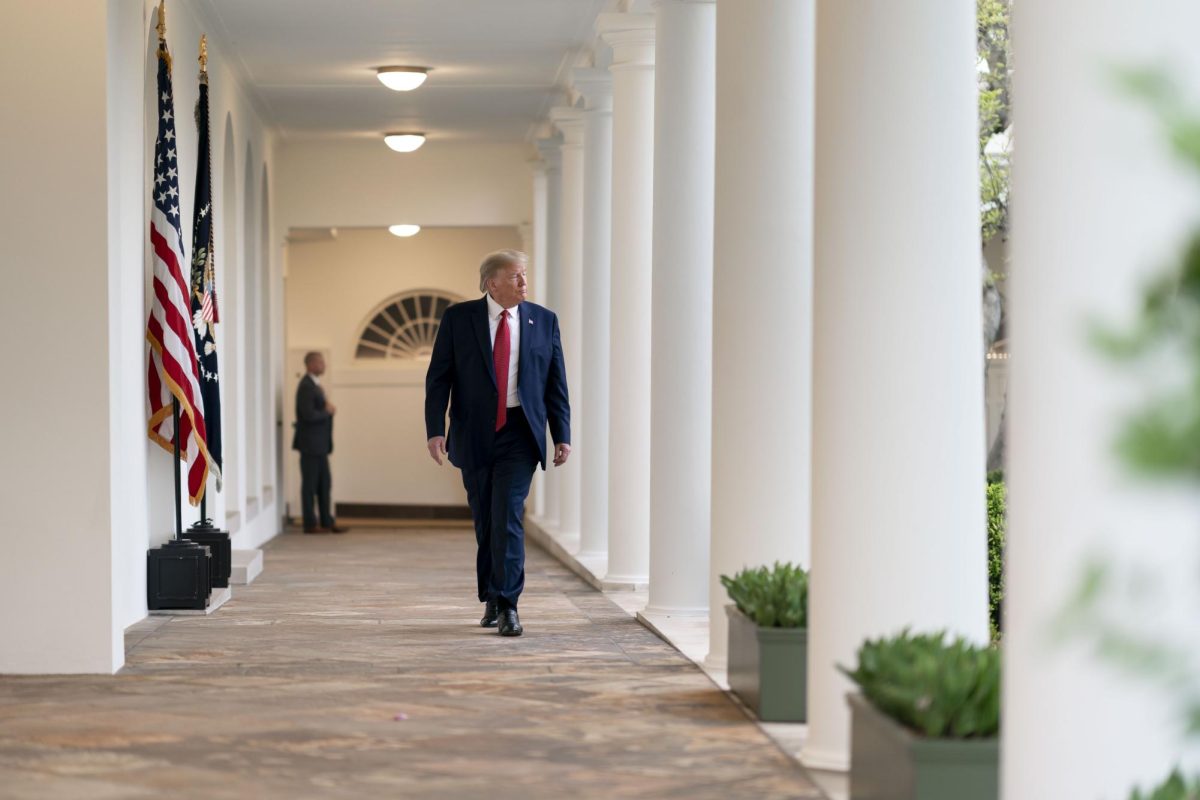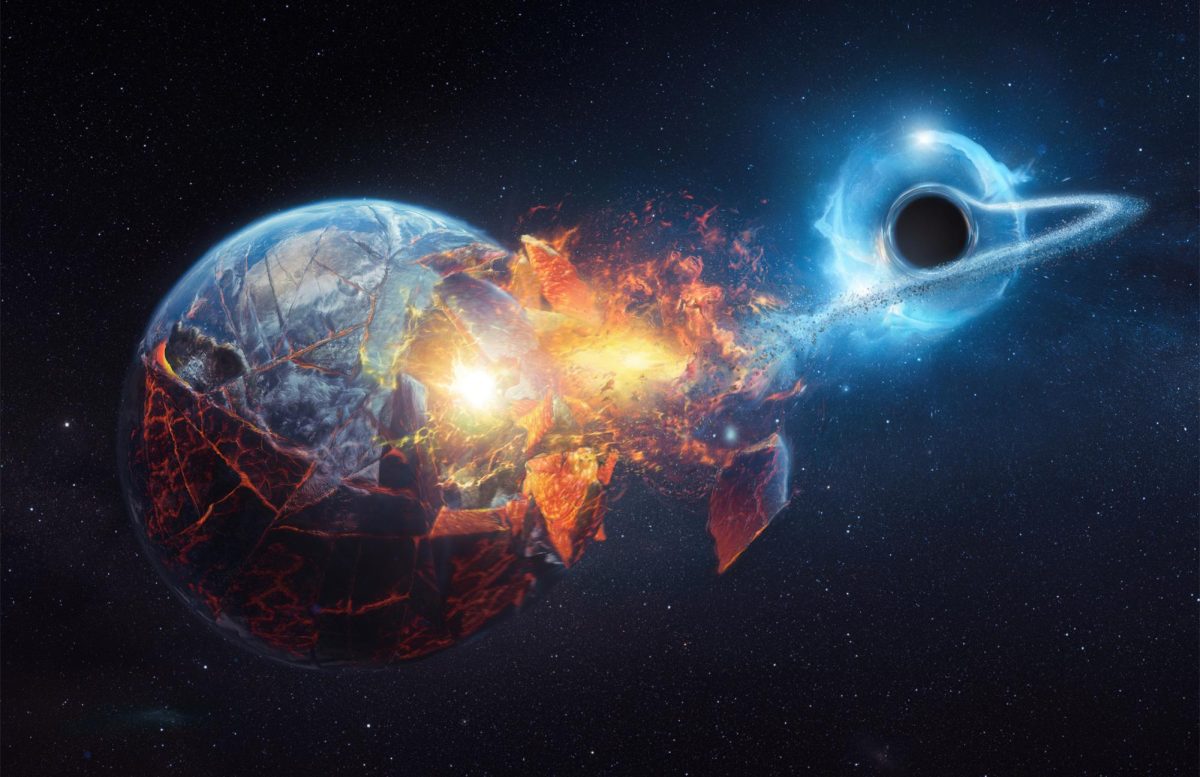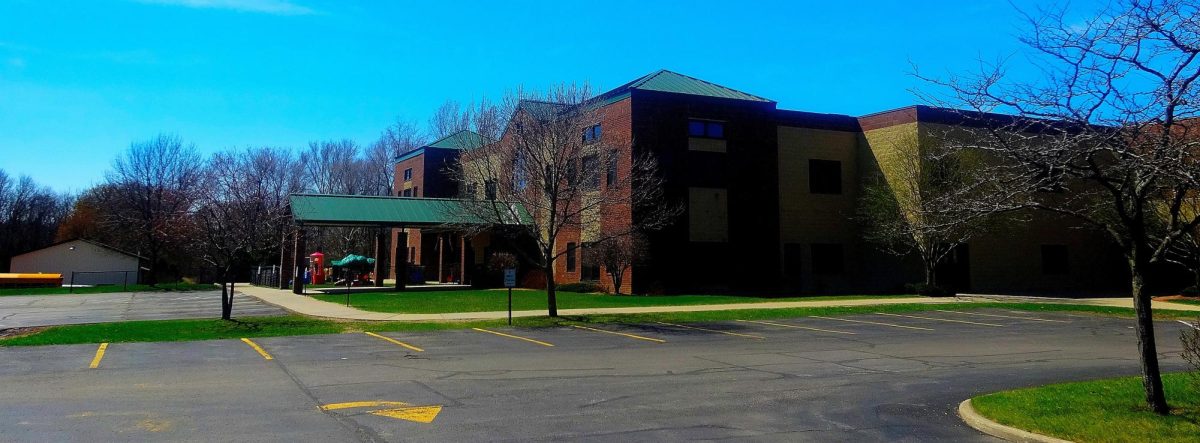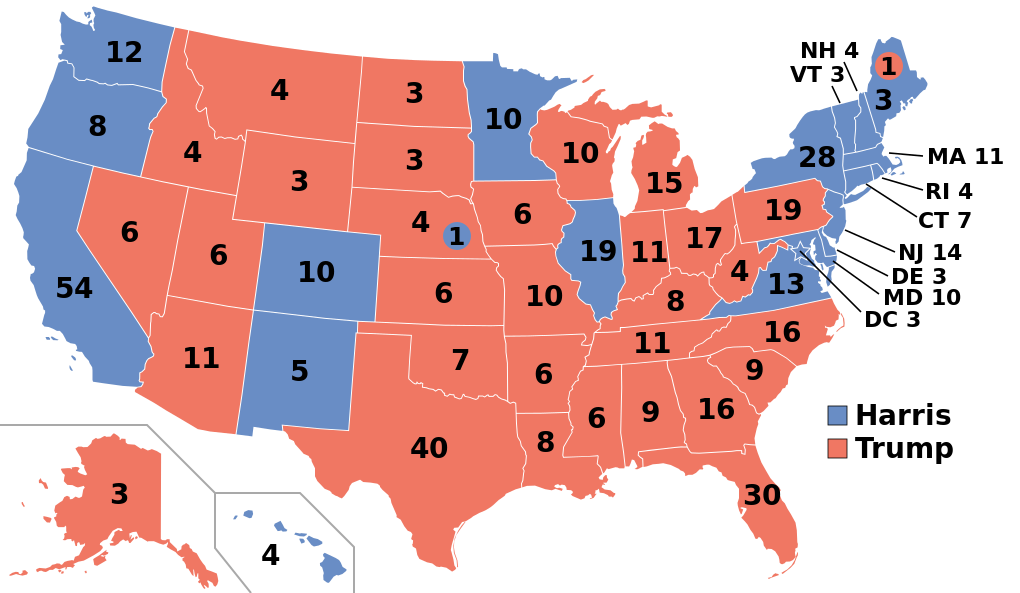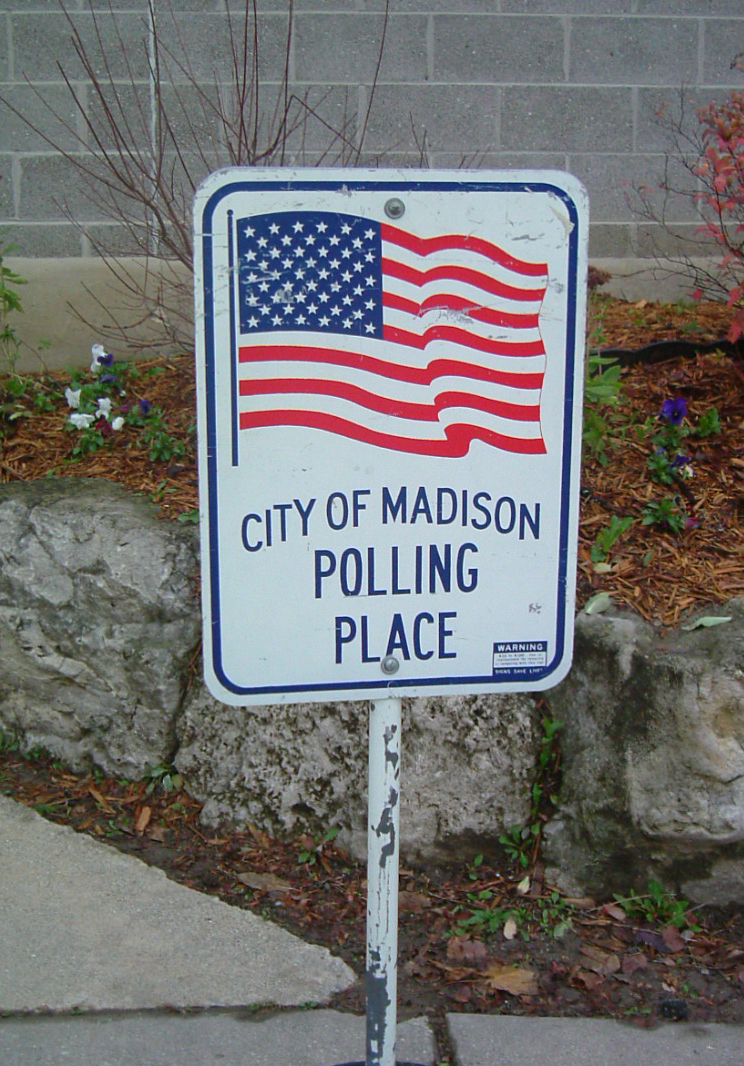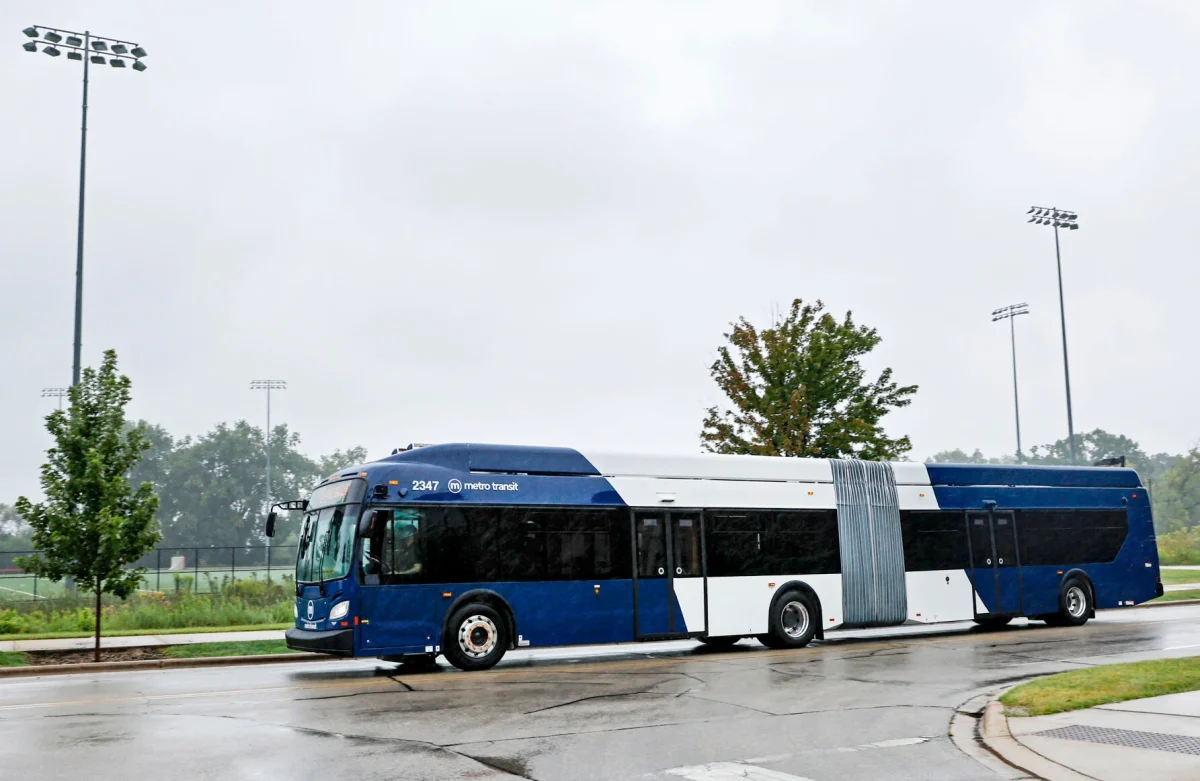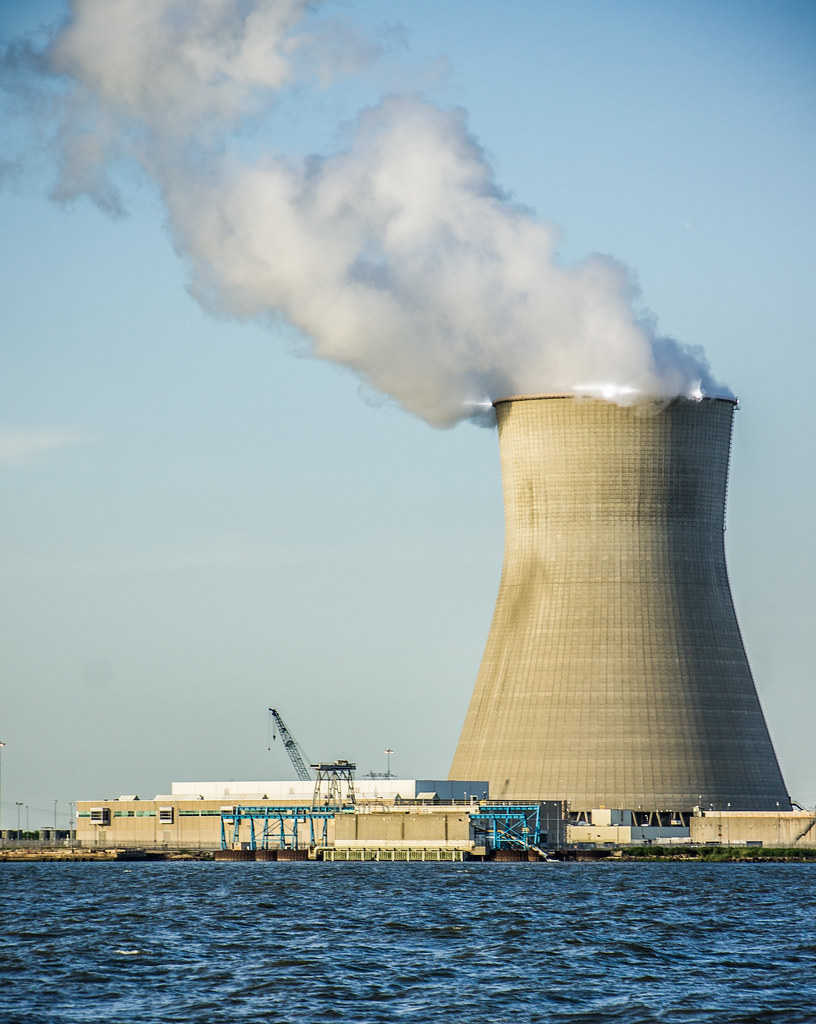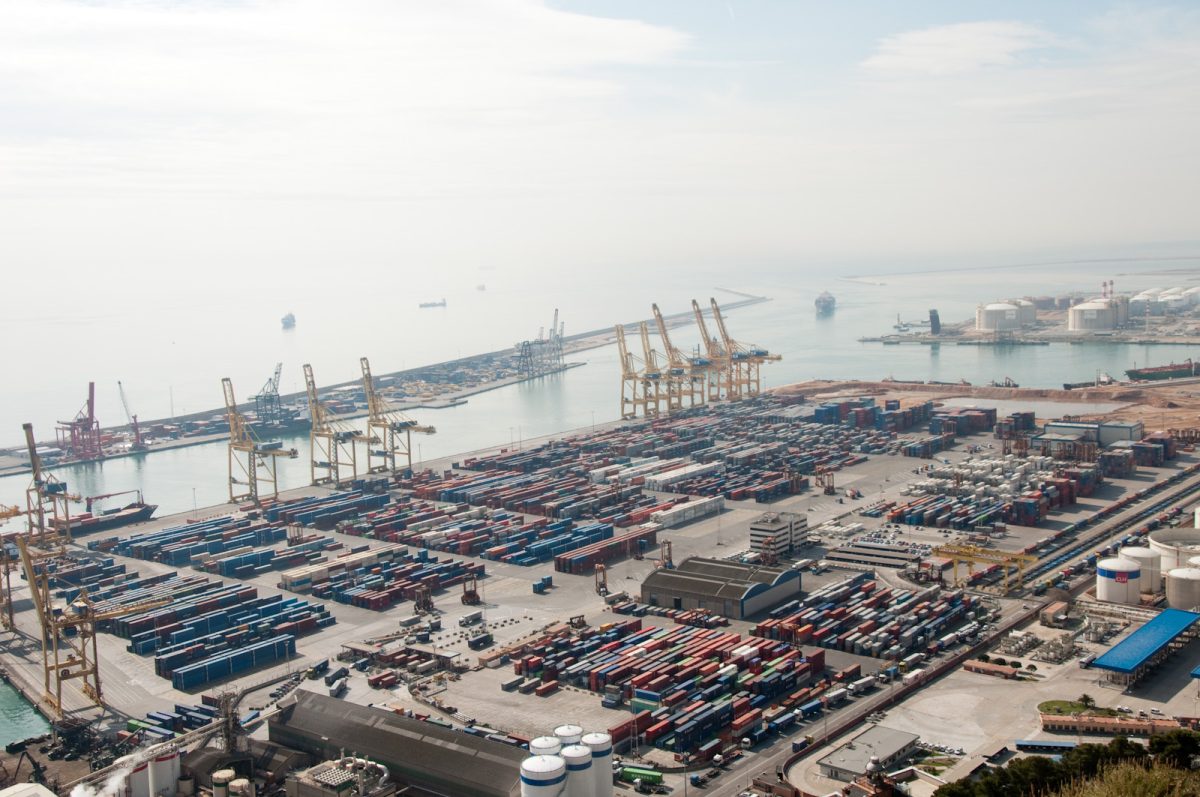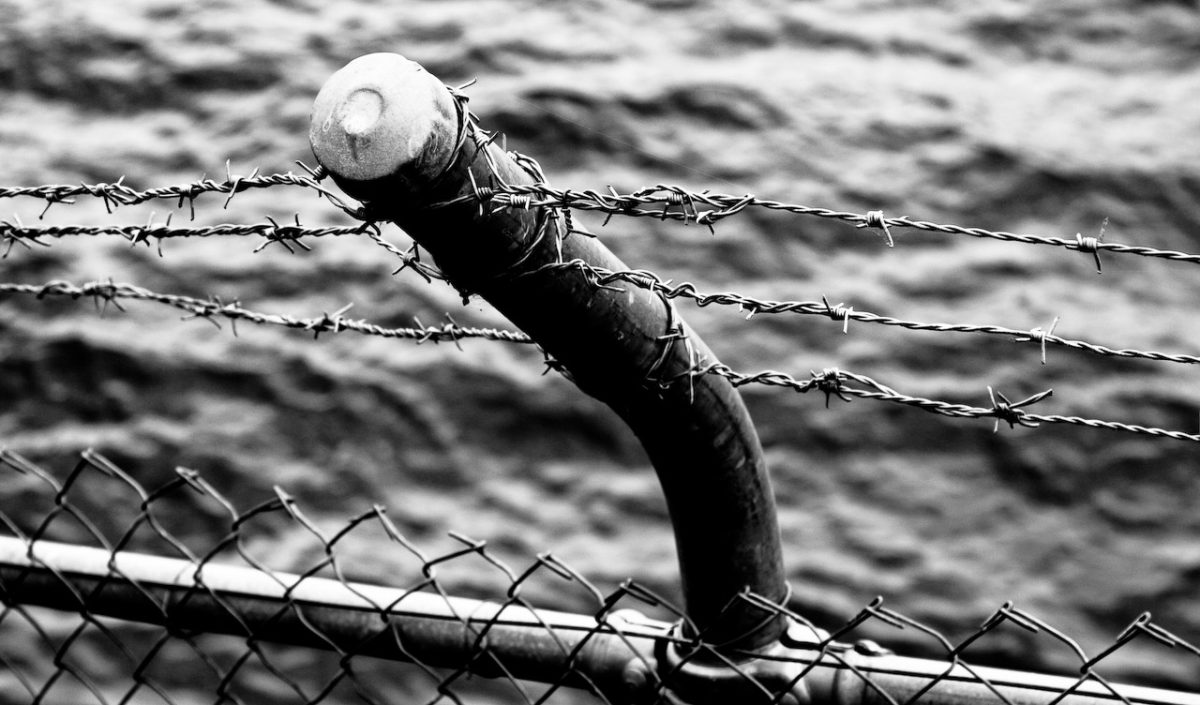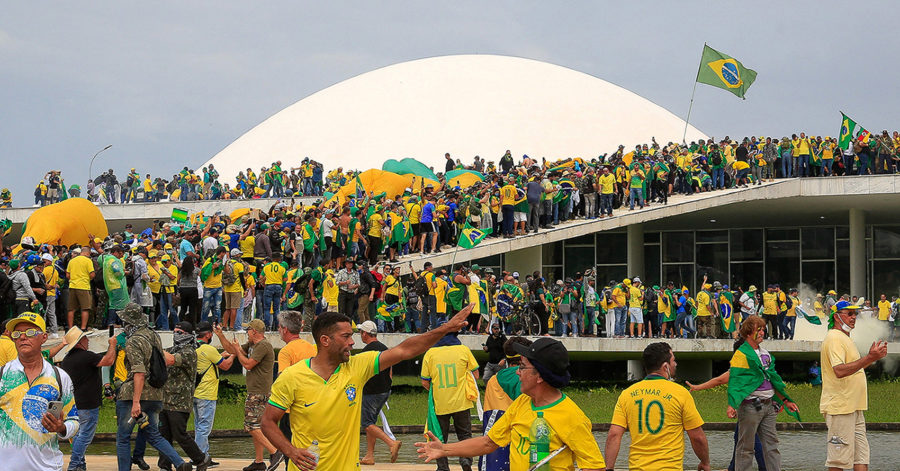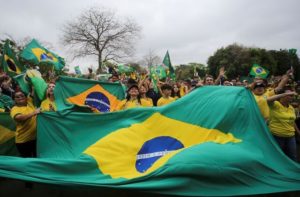Brazil’s Capital Stormed on January 8th
January 22, 2023
Following a victory in the October 30th Brazilian run-off election and subsequent claims of election fraud, the inauguration of newly elected Brazilian President Luiz Inácio Lula da Silva (Lula) occurred on January 1, 2023. However, a mere eight days later, an event quite comparable to that of January 6, 2021, in the United States ensued as Pro-Bolsonaro protesters rioted in the Brazilian capital city of Brasília.
Many of the hundreds of protesters at the riot were simply Bolsonaro supporters, claiming that the election was rigged and insisting that Bolsonaro be let back into office. However, other extremist groups were also involved, with individuals such as Nathanael S. Viera arguing that the election was tied up in a communist scheme and that Brazil’s “future is being stolen.” Conspiracy theories ran rampant throughout both the planning initiatives and mindsets of those involved, especially ideas regarding anti-democratic election fraud. Much of the funding for far-right groups were also provided by elite businesspeople, who tended to support Bolsonaro due to his Trump-esque policies.
The majority of the events that occurred on January 8th, including the storming of government buildings, were planned blatantly online by far-right Bolsonaro supporters. Even as the inauguration was happening, communication regarding a massive protest was occurring between far-right groups on virtually every digital platform from TikTok to Telegram channels. A wide range of ideas was put forth, with some thinking it would be like a party, while others took a more committed approach, planning the blocking of highways, oil refineries, and a protest. One Telegram channel user stated “The plan is to surround Brasília,” including a map of Planalto Palace, Congress, and the Supreme Court buildings. Others still advocated for world journalists to be invited to convene so that the moment could be documented in Brazilian history. Despite these threats, Brazilian authorities including Ricardo Cappelli, the second in command at Brazil’s Justice Ministry, were unconcerned, especially with the government paying over $2 billion a year for security in the area.
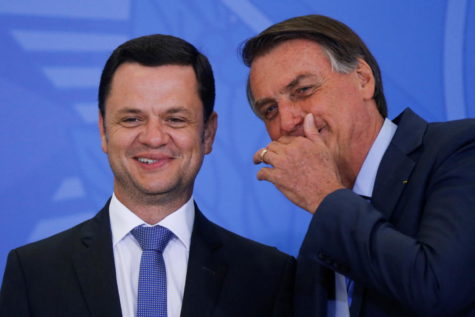
The protests began at the esplanade, a grassy region at the end of Brazil’s congressional strip that has been a popular location for protesters. Although the esplanade was relatively peaceful throughout the 2022 election season, the district security chief was replaced with Anderson Torres, a supporter of former President Bolsonaro and an election denier only a day after the inauguration. With Torres at its head, a security plan involved only four pages, issuing orders to create roadblocks to Congress, shutting down the esplanade if need be. Torres left the area for a fortnight-long vacation to Florida after deciding on an extremely low number of officers for the day of the protest.
Initially, the protest was peaceful, with speeches, although trouble did appear to be brewing, with influencers such as Ana Priscila Azevedo documenting the fact that some police officers were “completely on [the protesters’] side.” Tension continued to rise as protesters approached the 200 yards of temporary metal barricade fencing in front of Congress, despite official claims that “everything is calm.”
Eventually, at 2:42 p.m. protesters breached one of the barricades, pulling back the metal. Although police did try somewhat to push back the protesters with chemical deterrents, little effort was put forth as dissenters made their way up the ramp to the roof of the capitol. Police further employed the use of tear gas canisters, which many protesters circumvented by wetting bandanas in nearby pools, or simply pushing through the smoke. Azevedo, the constant influencer, continued to update the internet, as her group yelled “Mission accomplished!” on their way to Congress. Signs and vandalism including the spray-painted message “Armed Forces SOS” and banners reading “We want the source code” (a reference to digital election fraud), also made appearances on January 8th.
There were several different regions of the protest as well, with some areas having a more peaceful environment, despite being on Congress’ roof, with cotton candy and popcorn vendors. Inside Congress though, an image of ruin emerged, with metal poles being used to break glass, protesters entering Congress people’s offices, and ransacking of the building. Once into the capitol, groups of protesters began to split off, each traveling the short 300-yard distance to the Supreme Court and Lula’s Planalto, which were both broken into. Theft also was occurring in all three locations, as valuable items such as a copy of the constitution, the Brazilian Republic’s coat of arms, and even the robes of justices were stolen. At Planalto, dissenters were able to get ahold of weapons, along with one of Emiliano di Cavalcanti’s famous paintings, although were unable to break into Lula’s office proper due to bulletproof glass.
The initial police response was mixed, as some officers supported the protesters, while others tried to engage. Along with two helicopters, authorities used rubber bullets, tear gas, and horses, although at points officers were swarmed. Those wishing to avoid the violence decided to stay out of the way, with several videos showing ten to twenty officers simply texting or talking with protesters. Police were already overwhelmed since over 5,000 protesters arrived compared to the 1,300 officials on site, but the real issue came with the fact that many had been ordered just to stay in place coming directly from Mr. Torres.
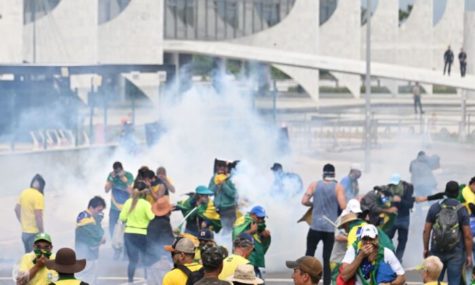
After a rapid switch-up in security by Lula, which placed Mr. Cappelli, one of his supporters, in charge of the district security forces, Brazilian army soldiers were able to arrive. Once they entered the capitol building, many of the protesters surrendered immediately, sitting down and starting to pray. Following the immediate arrest of 210 people, arrest warrants were also filed against both Mr. Torres and the district police chief for their inaction, as called for by the Brazilian Federal Public Defender (AGU). By the following morning, a total of 1,200 had been detained, while many hurried out with their possessions.
Following the conclusion to the more physical events of January 8th, the Brazilian Supreme Court began investigating causes for prosecution; and, with Justice Alexandre de Moraes’ approval, former President Bolsonaro was also included in the investigation. At the time of the insurrection, Bolsonaro was in Florida prior to Lula’s inauguration, and quite similar to former U.S. President Trump, he left the capital.
Many current officeholders in the Brazilian government denounced the events of January 8th, with Lower House President Arthur Lira posting on Twitter, “The National Congress has never denied a voice to those who want to demonstrate peacefully. But it will never give room for turmoil, destruction, and vandalism.” Other leaders are also asking for the identification and prosecution of those involved with the attack, including Valdemar Costa Neto, who is the current head of the right-wing Liberal party, and called January 8th a “sad day for the Brazilian nation.”
Lula and the Brazilian government were not alone in their strict condemnation of forces attempting to upset the democratic process, as support was expressed internationally by world leaders. U.S. President Biden has stated that he looks forward to working with Lula’s administration moving into the future, along with issuing a message regarding democracy, tweeting, “Brazil’s democratic institutions have our full support and the will of the Brazilian people must not be undermined.” Other democracies have produced similar sentiments, with support for Lula and condemnation of Bolsenaro’s supporters at the riots coming from the Portuguese government, French President Macron, and Charles Michel, President of the European Council.





